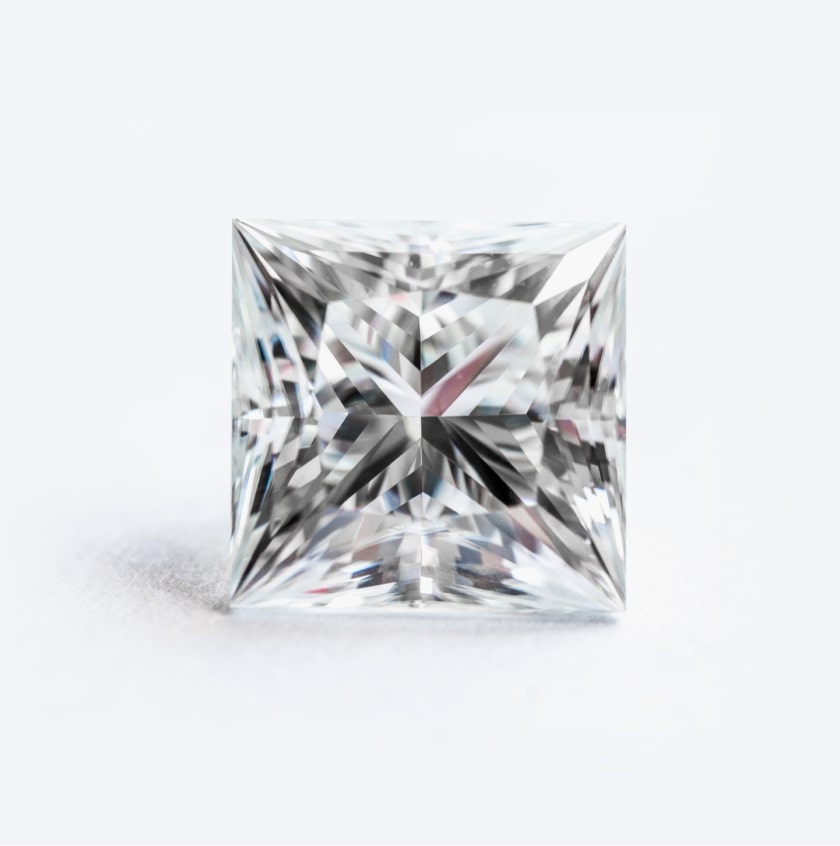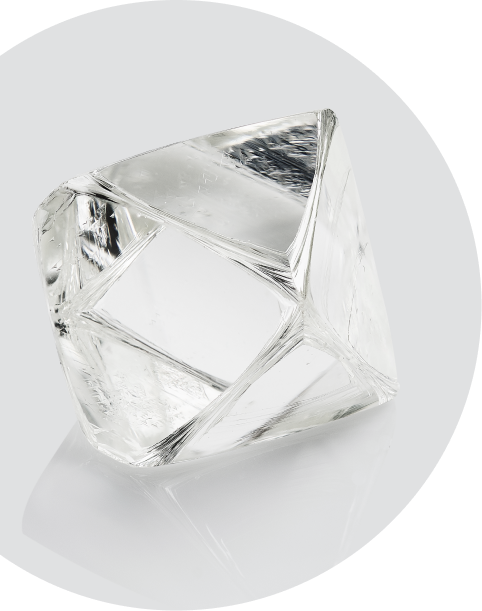
Lab-created diamonds can be an affordable, more ethical way of purchasing jewellery for that special someone.
Read on to learn more
A lab-grown diamond is grown in a controlled laboratory environment that replicates the same high pressure and high-temperature conditions that form a natural diamond in the earth with advanced technological processes. These lab-grown diamonds, which still use carbon as their main element, then often require other treatments, such as heat and irradiation, to change the colours and enhance the overall look.
The very first diamond grown in a lab occurred in the 1950s. But, it wasn’t until the mid-2010s, that they entered the commercial jewellery market, once the processes were perfected enough to make it almost impossible to tell the difference between natural and lab-created diamonds.
Our lab-created diamonds are 100% conflict-free, plus they are optically and chemically identical to natural diamonds.
Lab-created diamonds are grown from a tiny carbon seed placed into a chamber of heat and pressure that mimics the natural method of diamond formation. Once the diamond has matured (approximately six to ten weeks), it is then cut and polished.
At Sacet, we grow our diamonds with an advanced technological process called Chemical Vapour Deposition (CVD) , a method by which diamonds can be grown from a hydrocarbon gas.
This process uses ultra-pure carbon-rich gases in a controlled chamber. These gases, a mixture of methane and hydrogen with a ratio of 1:99, are then ionised into chemically active radicals inside the growth chamber. These atoms will then fall onto a diamond substrate and build up layers, getting, as a result, a rough diamond.






Wondering what the benefits of lab-grown diamonds are? Well, here are our top 4 reasons why you should buy a lab-grown diamond.